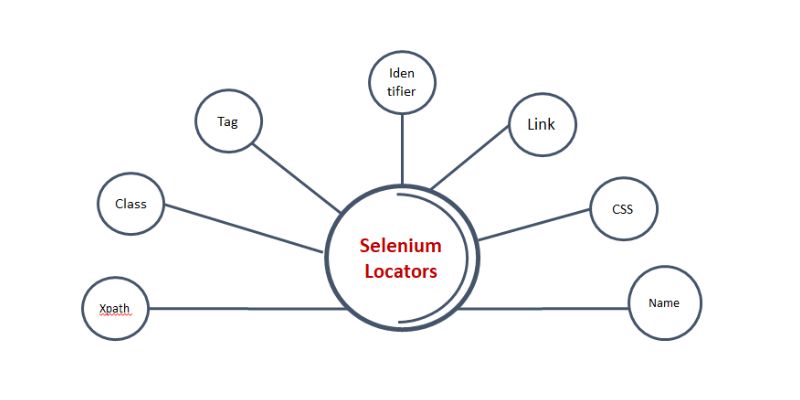
Selenium is an incredibly powerful tool for automated web application testing across various browsers and platforms. However, to truly harness its potential, we must understand its core functionality – locators. Locators play a crucial role in identifying and interacting with web page elements, which is why they are essential to efficient automation testing. comprehensive Selenium Training in Bangalore curriculum prioritizes the understanding and utilization of these locators.
By doing so, we can maximize our ability to perform effective automation testing and ultimately achieve better results. Selenium is a potent tool in software testing, facilitating automated testing of web applications across various browsers and platforms. Locators are central to Selenium’s functionality, crucial in identifying and interacting with elements on web pages. Understanding these locators is essential for efficient automation testing, making them a cornerstone of any Selenium training curriculum.
In web automation, knowing how to use locators is crucial to achieving optimal results when testing web applications. Mastering this skill, they can easily navigate complex web pages and identify specific elements such as buttons, input fields, or dropdown menus. strong foundation in locators, they can maximize Selenium’s potential and streamline the web testing process. At Selenium Training in Marathahalli, students are guided through best practices for utilizing locators effectively.
Understanding Locators
- ID: An HTML element’s unique identifier.
- Class Name: The class attribute of an element.
- Name: The name attribute of an element.
- XPath: A powerful method for navigating the HTML structure of a page.
- CSS Selector: A pattern to select HTML elements in a style sheet.
Each locator type possesses advantages and best-use scenarios, empowering testers to locate elements efficiently during automated testing.
Best Practices for Locator Usage
Some tips include:
- Prioritize ID and Name: Whenever possible, prefer using ID or Name locators, as they offer speed and reliability.
- Avoid Fragile XPath: XPath locators should be used judiciously, as they can become brittle with even minor changes in the HTML structure.
- Optimize CSS Selectors: CSS Selectors, when well-crafted, provide a robust and efficient means of locating elements.
These fundamental concepts form the backbone of Selenium automation, empowering testers to write robust and maintainable scripts. By understanding the nuances of each locator type and adhering to best practices, testers can navigate the intricacies of web automation with confidence and precision. A reputable Training Institute in Bangalore provides structured courses that cover essential topics like locators in-depth. Whether you’re a novice embarking on your testing journey or a seasoned professional looking to refine your skills, a solid understanding of locators is indispensable in the realm of Selenium testing.
Also Check: Selenium Interview Questions and Answers